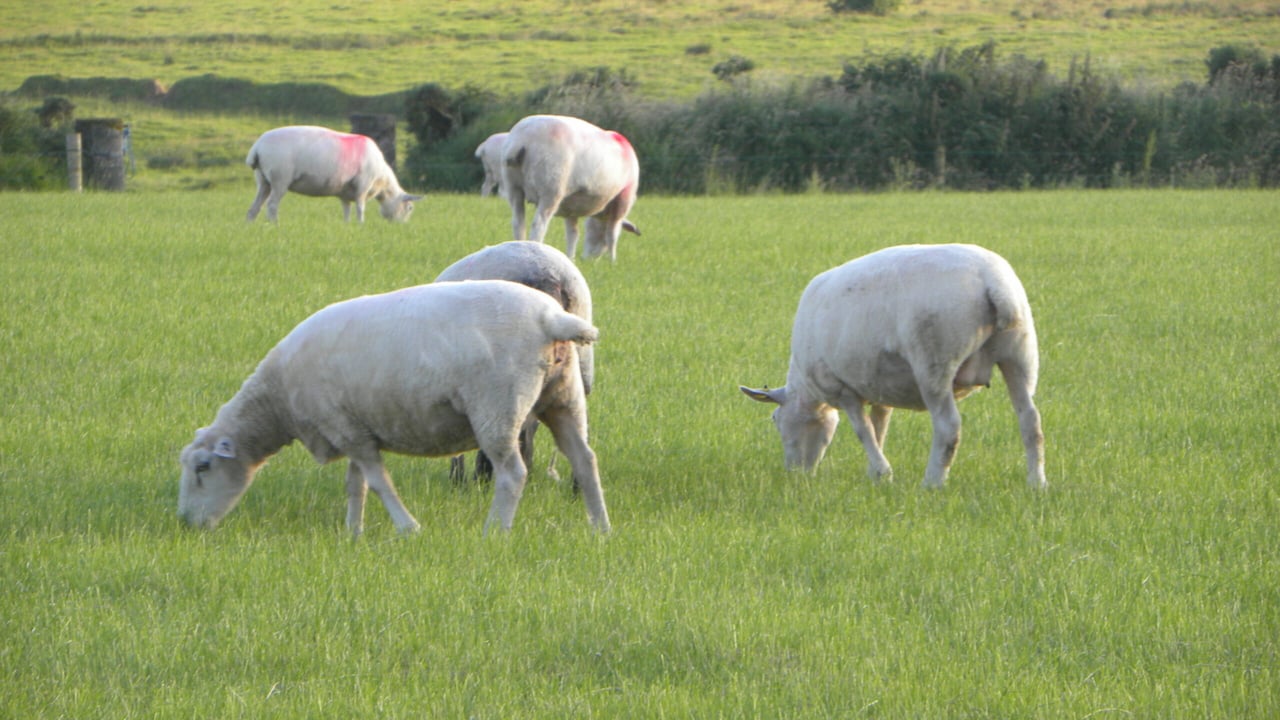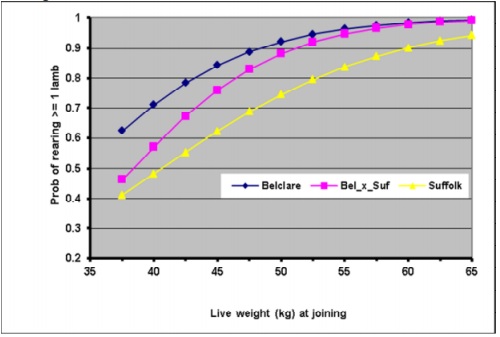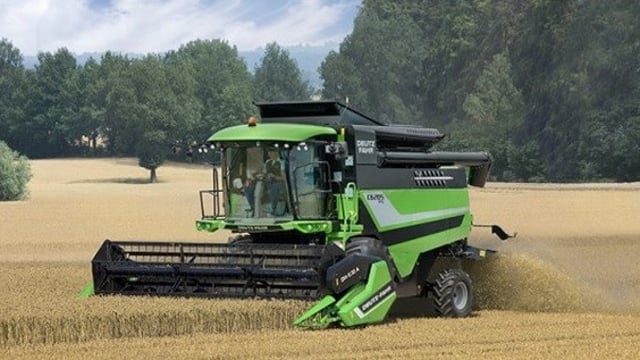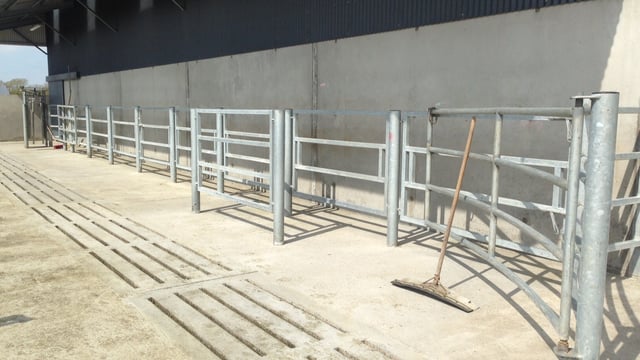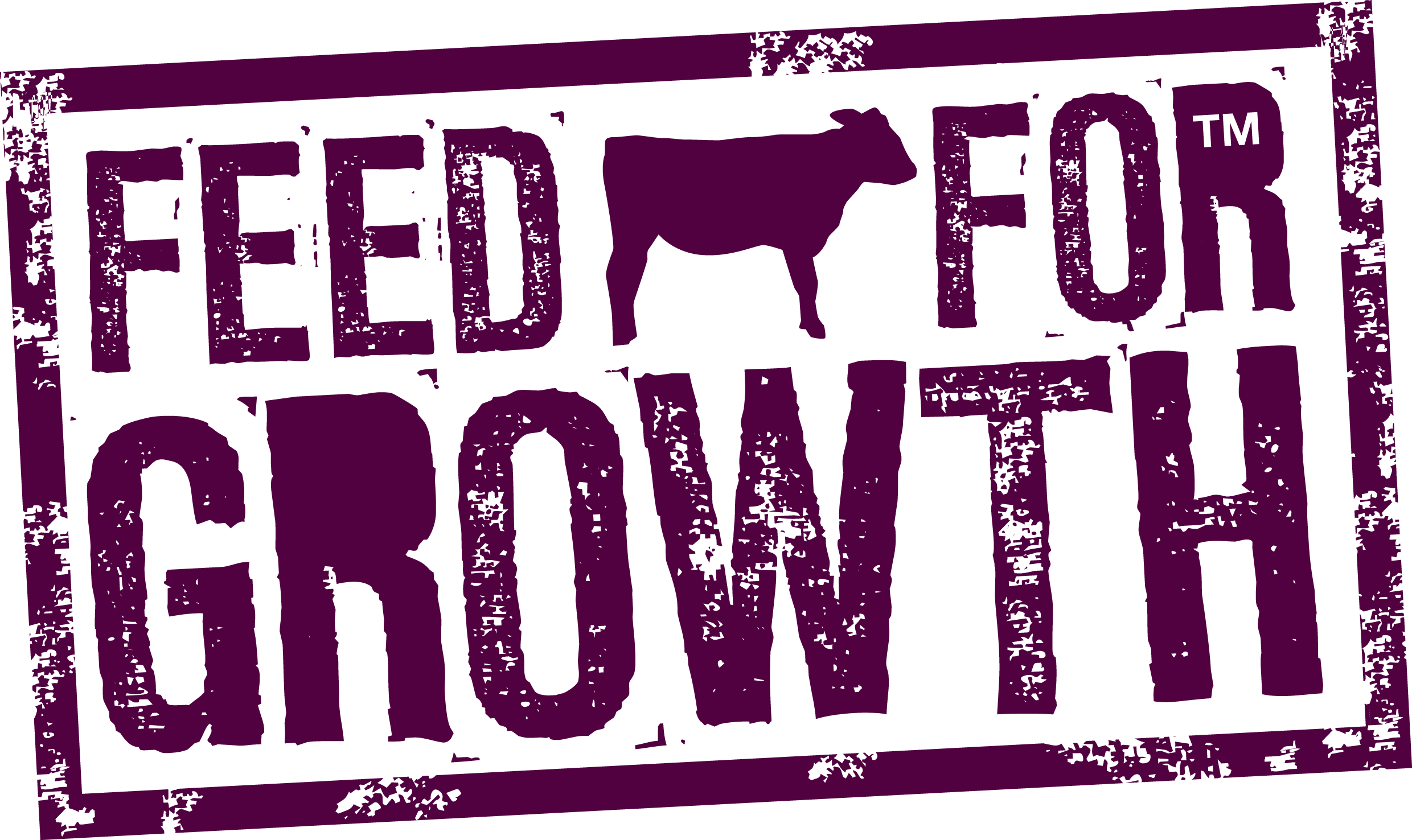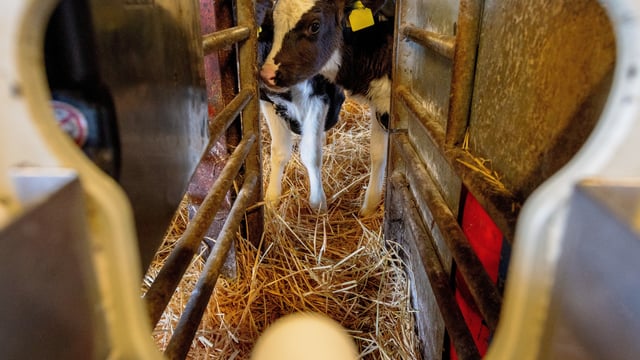Breeding from ewe lambs; the factors affecting performance - Teagasc
Breeding ewe lambs, provided that they are managed to meet their nutritional requirements, reduces the cost of rearing replacements and increases flock output and profitability.
A major study was initiated recently at Athenry with the objective of evaluating the effects of age at first lambing (one or two years) and ewe genotype [>75% Suffolk, Suffolk x Belclare, purebred Belclare] on the lifetime performance of ewes.
This study will last until the ewes are culled for natural reasons. The different ewe genotypes were included in this study to evaluate the effect of prolificacy and age at first lambing on age at culling, replacement rate and lifetime output.
Conclusions
Ensure lambs are approximately 60 % of mature weight at joining. For the > 75% Suffolk-cross and Belclare lambs 60% mature weight is 50kg and 46kg, respectively.
Use of the ‘ram effect’ can induce cyclicity and will compact mating, and subsequently compacts the lambing season.
Breeding from ewe lambs can yield a high level of productivity (weaning rate) that is close to that recorded for the national lowland adult ewe flock.
Feed ewe lambs to gain live weight throughout pregnancy.
Manage ewe lambs rearing twins the same as mature ewes rearing triplets.
Ewe genotype has a big impact on litter size, the number of lambs reared and the weight of lamb weaned.
Preliminary results show that mating ewe lambs does not impact negatively on reproductive performance at two years of age – rather it increases the weight of their progeny at weaning by 2kg.
Dr. Tim Keady and Noel McNamara Teagasc, Mellows Campus, Athenry, Co. Galway.

